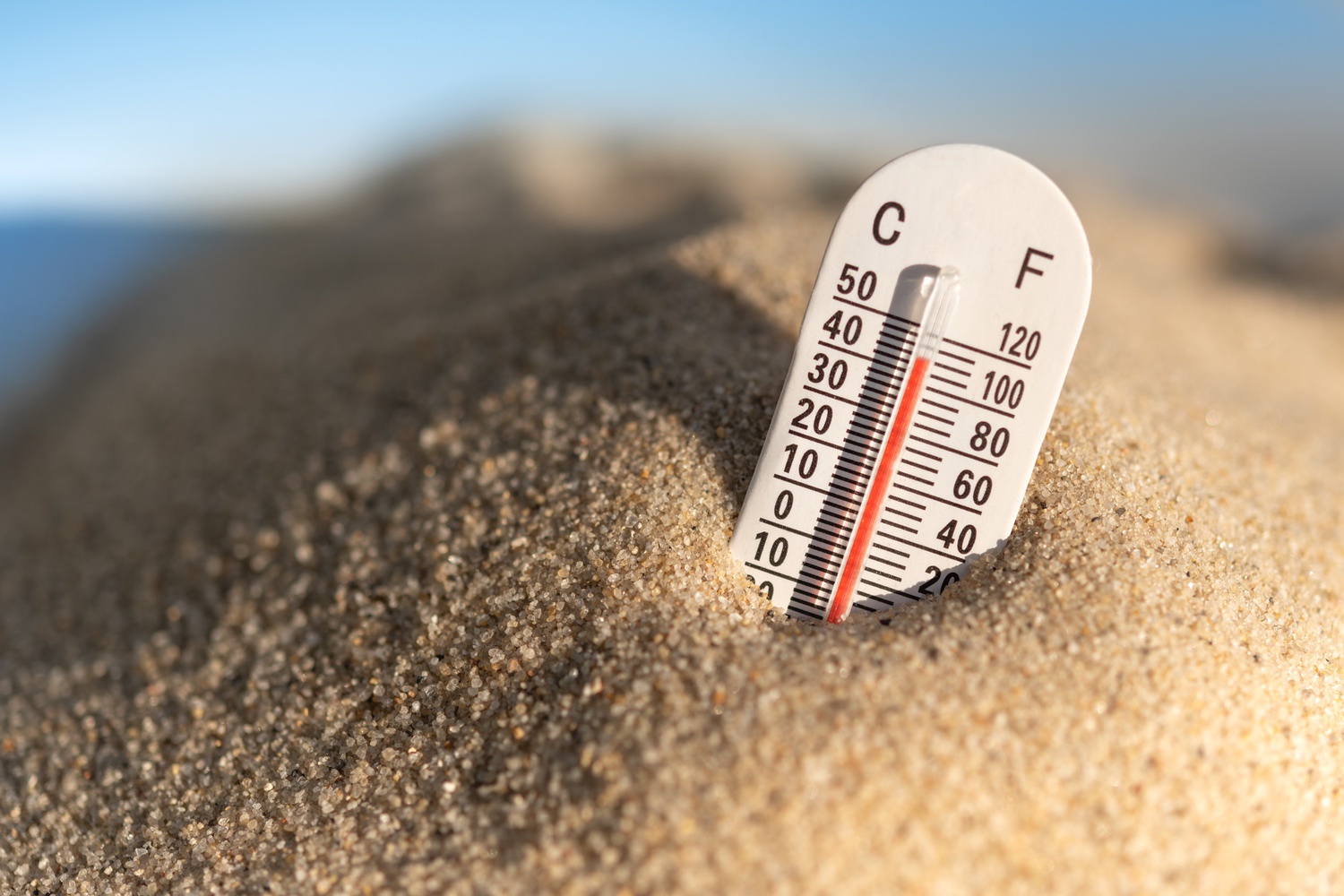Blog
Beat The Heat: Legal Guidelines for Protecting Workers in Scorching Weather

When the summer sun blazes, it seems as if the whole Philippines feels the heat. Recent news reports have highlighted record-breaking temperatures, with the country experiencing some of the hottest days on record. This intense heat brings more than just discomfort; it raises important legal considerations for workplaces across the country.
For workers across the Philippines, the sweltering weather can be more than just uncomfortable—it can be downright dangerous. As the temperature rises, so do the risks of heat-related health issues that can impact safety and productivity on the job. That’s why it’s essential for employers and employees to understand the legal responsibilities for keeping cool at work.
In response to this issue, the Department of Labor and Employment (DOLE) issued Labor Advisory No. 8, Series of 2023 (“Advisory”). This Advisory provides specific legal requirements for employers to follow to protect their workers from extreme heat.
Stay Cool: Mitigating Heat Exposure in the Workplace
To ensure the health and safety of workers employers are required to adopt specific measures designed to minimize the risks associated with heat exposure. Particularly, the Advisory directs employers to:
“Assess the risk of exposure of workers to extreme heat vis-à-vis their existing comorbidities (e.g., hypertension and kidney diseases) and implement appropriate control measures such as:
- Elimination of heat and humidity in workplaces through effective ventilation and heat insulation in all areas with workers (e.g., General Exhaust Ventilation).
- Adjustment of rest breaks or work locations to allow recovery from heat exposure.
- Provision of temperature-appropriate uniforms and personal protective equipment (e.g., hats, goggles with protection against ultraviolet rays, comfortable light material long-sleeve t-shirts).
- Provision of free and adequate drinking water at the workplace with a directive for drinking at least two to three liters daily.”1
Assessing the risk of workers’ exposure to extreme heat requires employers to account for existing comorbidities, as these health conditions can heighten vulnerability to heat stress. Based on such assessment, employers must implement a range of control measures to protect workers.
One crucial strategy involves eliminating heat and humidity in the workplace. This can be achieved through the use of effective ventilation systems and heat insulation in all areas where workers are present.
Adjusting rest breaks or work locations is another vital measure, allowing workers time to recover from heat exposure. Shifting tasks to cooler parts of the workspace or providing breaks in air-conditioned areas can help reduce the risk of heat-related illnesses.
Employers should also supply temperature-appropriate uniforms and personal protective equipment. Furthermore, providing free and adequate drinking water at the workplace is essential. Access to clean, fresh water is crucial for maintaining hydration and preventing heat-related health issues. Employers should ensure workers can easily access water throughout the day to stay safe and productive in hot conditions.
Stay Safe: Addressing Heat-Related Emergencies

It is important for employers to establish procedures and information networks to manage heat-related emergencies when they occur. Being prepared for actual emergencies can make a critical difference in protecting the health and safety of workers. Hence, the Advisory likewise mandates the employers to “[e]stablish procedures and information networks to address heat-related emergencies.”2
Establishing clear procedures and information networks is crucial for effectively addressing heat-related emergencies in the workplace. Employers should develop protocols for recognizing and responding to signs of heat stress or heat-related illnesses. This involves training employees to act quickly, seek immediate medical attention, and report heat-related incidents. Employers must also create a communication network that allows quick and efficient reporting of heat-related emergencies and ensures that emergency contacts, medical resources, and first aid measures are readily accessible. Employers should maintain accessible first aid stations equipped with supplies for treating heat stress, such as cool water and ice packs. By fostering a culture of safety and preparedness, employers can effectively mitigate the risks of extreme heat and protect the well-being of their workforce.
Stay Informed: Preventing and Recognizing Heat Stress

Aside from the workplace measures to be implemented, employers are likewise directed to take proactive steps to raise awareness and educate employees about the dangers of heat stress. The Advisory directs employers to “implement, based on workplace assessment, information, and advocacy campaigns on symptoms and how to address heat stress.”3
Employers must roll out targeted information and advocacy campaigns tailored to the specific findings of their workplace assessments. These campaigns should educate employees on the symptoms of heat stress and provide guidance on how to prevent and address it. Through workshops, seminars, or informational materials, workers should be made aware of signs such as dizziness, headaches, excessive sweating, or fatigue. Empowering employees with knowledge about these symptoms can enable them to take prompt action, seek assistance, and reduce the risks associated with heat exposure. By fostering awareness and promoting preventative strategies, employers can create a safer work environment and protect their workforce from the dangers of heat stress.
Cool Workplaces, Healthy Workers

As temperatures in the Philippines continue to reach record-breaking highs, employers must prioritize the safety and well-being of their workforce by implementing the measures outlined in the Advisory. By proactively assessing risks, adjusting work environments, and educating employees on heat stress awareness, employers can create safer workplaces and protect workers from the dangers of extreme heat. Adopting these practices not only ensures compliance with legal requirements but also fosters a healthy and productive work environment. As the summer sun blazes, maintaining cool workplaces is essential for the health and success of businesses and their employees alike.
If you need any assistance in understanding or implementing these guidelines, please do not hesitate to contact our law firm. We are here to provide expert legal advice and support to help you navigate these important workplace safety measures. Let us partner with you to keep your workplace cool, safe, and compliant.
Prepared and written by: Cee Jay P. Sabile
FOOTNOTES
- Labor Advisory No. 8, Series of 2023.
- Id.
- Id.



